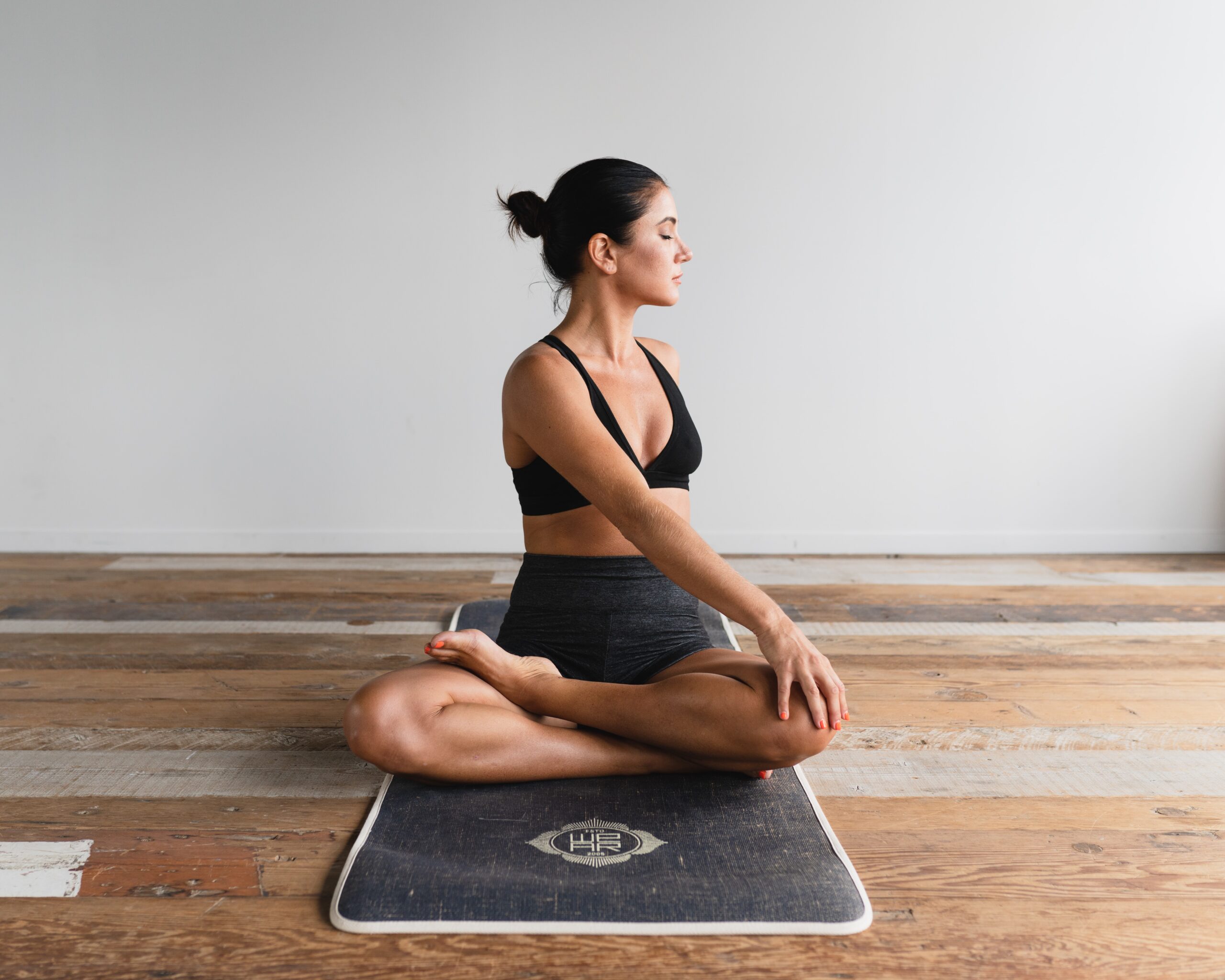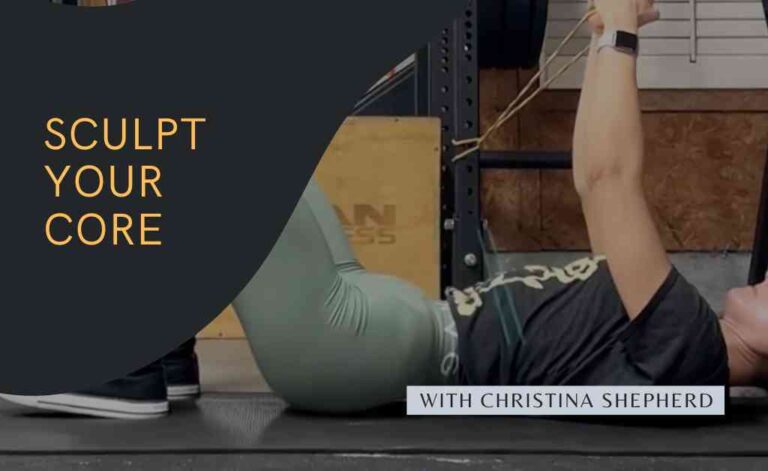Are you spending the extra five to ten minutes necessary to warm up and cool down properly before and after a workout?
Warming up and cooling down are essential to a complete fitness routine. This article highlights everything you need to know to ensure you are performing both your warm-up and cool-down correctly.
When we think of stretching we often think of the grab and hold technique. There are actually two different types of stretches we can perform: dynamic vs. static.
One is best suited for use before a workout, and the other is best used at the end of your routine.
Let’s take a look at the key differences between the two types of stretches and how you can implement both into your fitness regimen to enhance your time spent during a workout.
How to warm-up
I often see people making the same mistakes I did as a beginner lifter. Before I understood the different types of stretching and their benefits, I made the mistake of performing static stretching at the beginning of a workout without any proper warm-up.
Static stretching is performed by holding the stretch for an extended period.
This type of stretch has its place, but it is best when used at the end of a workout to elongate the muscles once they are already warmed up from exercise.
Studies suggest that static stretching before a workout may decrease athletic performance.
A more effective way to warm up before exercise is to perform what is known as dynamic stretching. Dynamic stretching prepares the body for exercise by increasing body temperature and blood flow to loosen muscles and tendons.
Studies show that performing dynamic stretching at the beginning of a workout can improve power and overall physical performance compared to static stretching. It also prepares the muscles for increased physical activity by practicing the movements that will be performed during the workout.
This type of stretching can be performed in a multitude of ways.
Begin slowly by moving the body in a fluid type of motion. Keep in mind a dynamic warm-up is designed to prime the body and muscles for more intense exercise by bringing heat to the body and loosening the muscles to prevent injury.
Approximately three to five minutes is a reasonable amount of time for a dynamic warm-up.
Some examples of dynamic warm-ups include:
- Jumping Jacks
- High-knees
- Air Squats
- Modified Push-Ups
- Cardio on the Treadmill, Elliptical, Stair Climber, etc.

How to cool-down
Once the muscles are loose from a workout, it’s time to perform a relaxing cool-down using static stretching. Static stretching is designed to alleviate delayed-onset muscle soreness, improve flexibility, and increase range of motion.
To perform static stretching, hold the position for a minimum of twenty seconds or up to a minute as long as you are not experiencing any pain.
After a workout, your muscles will be warm and prepared for a deeper stretch that will lengthen the muscles and increase elasticity, resulting in increased flexibility and injury prevention.
You may have noticed that skipping a cool-down stretch at the end of a workout often leaves you feeling extra sore the following day.
Foam Rolling
Another way to relieve muscle tension before and after a workout is to perform what is known as foam rolling. Foam rolling is a self-myofascial release (SMR).
You may have seen the foam rollers at your gym over by the medicine balls and yoga mats. It takes some time getting used to the idea of rolling your entire body on top of a cylinder-shaped device, but the benefits are worth the twinge of embarrassment you may feel while doing it.
Based on research and my own experience, foam rolling is a great addition to add to either the beginning or end of a workout or both.
- Some of the benefits of foam rolling include:
- Prepares muscles for physical activity
- Relieves muscle tightness
- Reduces soreness
- Reduces inflammation
- Increases range of motion
Final Thoughts
Ultimately, dynamic stretching prepares the muscles for physical activity while static stretching allows the body to cool down and relieve tension in your muscles. Static stretching is also a great way to reduce stress and calm the mind.
Now we have clarified when and how to implement dynamic vs. static stretching into your workout routine. Implement these into your workouts so you can receive the maximum benefits of your extra time spent working out.



